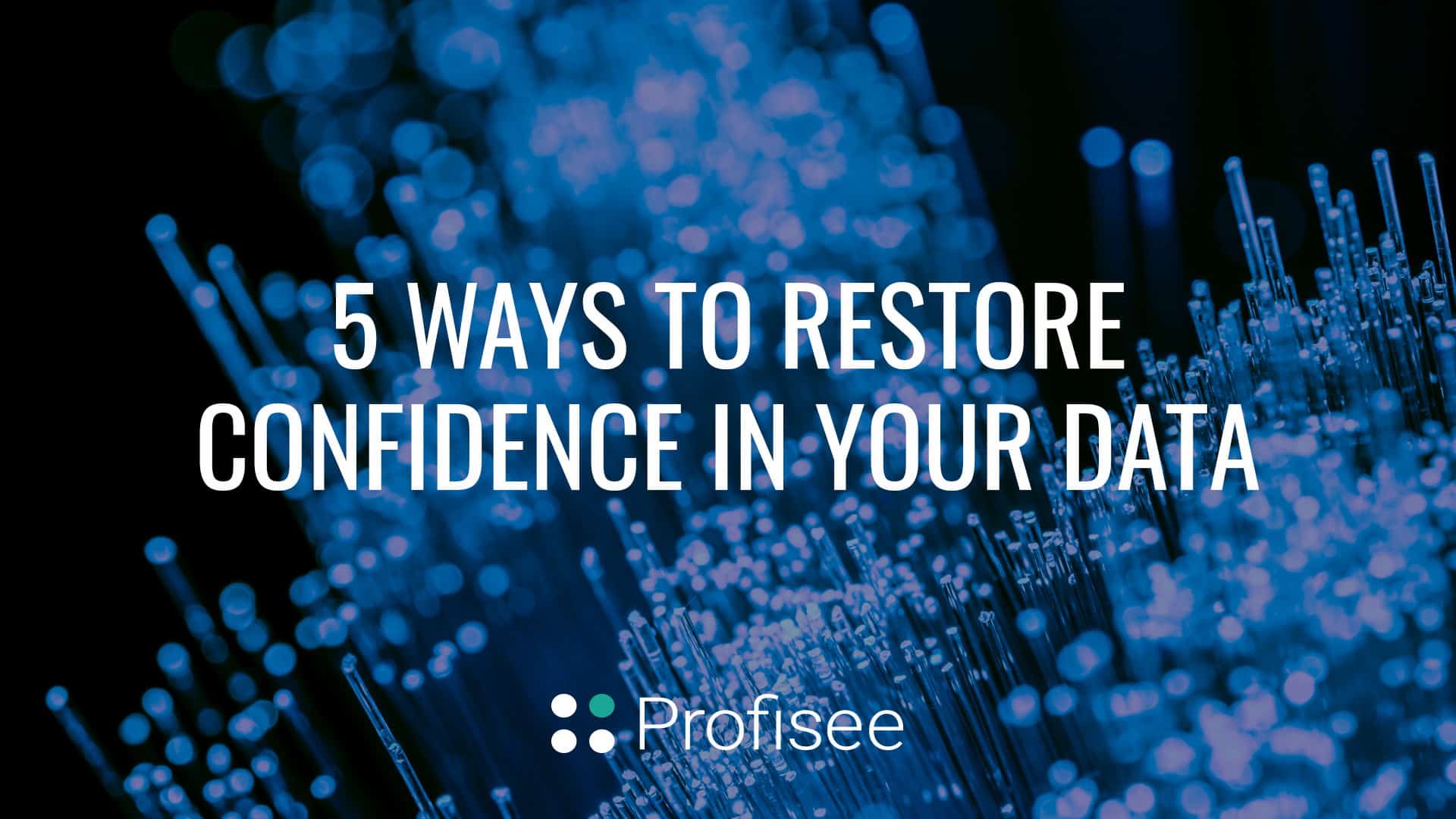You have a vision for digital transformation. Real digital transformation. You’re taking your cue from companies that are leading the charge. Among them: Capital One shaping the future of banking; McDonald’s changing the face of the fast-food experience; Ford anticipating vehicle maintenance needs.
You know that successfully changing how your business operates in order to optimize the customer experience is not just about automating a couple of processes or replacing some legacy systems. There’s no magic pill that will make digital transformation happen for a company. Businesses that have seen success to date have been working years on their efforts, and neither they nor you nor any other company on the planet will ever finish the job.
Digital transformation, you see, is an ongoing process. It means that a company must continually evolve the way it responds to – indeed, predicts – what their customers want.
But how to kick-start things? Technology – realtime analytics and reporting, artificial intelligence, IoT devices – must be holistically integrated across the business. And good data and coherence practices for governing it are key to gaining insight that will enable businesses to act on opportunities to improve clients’ and buyers’ experience.
The question is: Are you sure that you can trust your data and the processes surrounding it? If not, your company must determine how it can restore confidence in data and the policies that guide its use.
That doesn’t mean to put a halt to every action related to digital transformation. An important task to undertake is to invest time and money into changing employees’ mindset about how they work, moving outside of their departmental cocoons to become part of cooperative enterprise teams. McKinsey & Company has noted that 70% of complex digital transformation programs don’t reach their stated goals, pointing out that a major change in thinking and behaviors is required for that to happen.
At the same time, you can get moving on building a solid data foundation to underpin digital transformation.
Here are five ideas to help create trusted data and data processes:
- Hire a chief data officer. Global banking organization EMEA HSBC has one. So does ground transportation provider Addison Lee, and Washington D.C., to name just a few. Specific definitions of what falls within the purview of a CDO at one company vs. another, or where they sit in the business hierarchy, varies, but generally speaking they’re responsible for everything that builds a strong data infrastructure, including defining a data strategy to put analytics to work. Gartner has called CDOs a linchpin of digital transformation.
- Create a formal data governance plan. It’s well-known that separate business departments generally adhere to their own data governance standards. But that scattered approach won’t make for effective digital transformation. So, even if you don’t have a CDO, you must find a way to institute formal data governance, where methods for standardizing, integrating, and protecting corporate data are defined as a “horizontal organizational function,” as McKnight Consulting Group elegantly defines it. As much as anything, this level of stringency means that the company can be more confident that it’s not violating mandatory regulations.
- Make master data management core to your operations. That’s the road to data quality. You’ll need consistent master data – such as customer or product – across your systems in order to have an accurate 360-degree view of your customer. Cleaning and connecting data across systems and departments to create a single version of master data truth lets you take your customer engagement strategies to the next level, which is so critical to your digital transformation. Remember, it’s primarily about building a better customer experience, and your analysis of who your customers are must be exact if you are to gain reliable insight into how you can better meet their needs.
- Take Accountability into Account. Out with the buck-passing and in with answerability for quality data and processes to ensure that they are effectively controlled and used – and so that your business gains value. Here’s where data stewards can come in. They can work with subject matter experts in particular functions to keep data definitions up to date and otherwise maintain and consistently manage information assets tied to a defined area of the business.
- Protect and defend data. Security is the biggest challenge to digital transformation efforts, security vendor Fortinet tells us in its 2018 Security Implications of Digital Transformation. So, even if your company has done everything possible to ensure the quality of data, investigate whether it has done all it can to keep customers’ personal data safe, too. Security vendor Thales in its 2019 Data Threat Report found that 97% of surveyed respondents will use sensitive data on digitally transformative technologies but that fewer than 30% of them use encryption within these environments. Failing to keep data secure jeopardizes your relationship with customers and your compliance with mandates such as GDPR and the California Privacy Act.
Your vision of your company’s digital future can – and will – be realized when you know you can count on your data.
Get ready to join the ranks of the digital transformation leaders!

Forrest Brown
Forrest Brown is the Content Marketing Manager at Profisee and has been writing about B2B tech for eight years, spanning software categories like project management, enterprise resource planning (ERP) and now master data management (MDM). When he's not at work, Forrest enjoys playing music, writing and exploring the Atlanta food scene.











